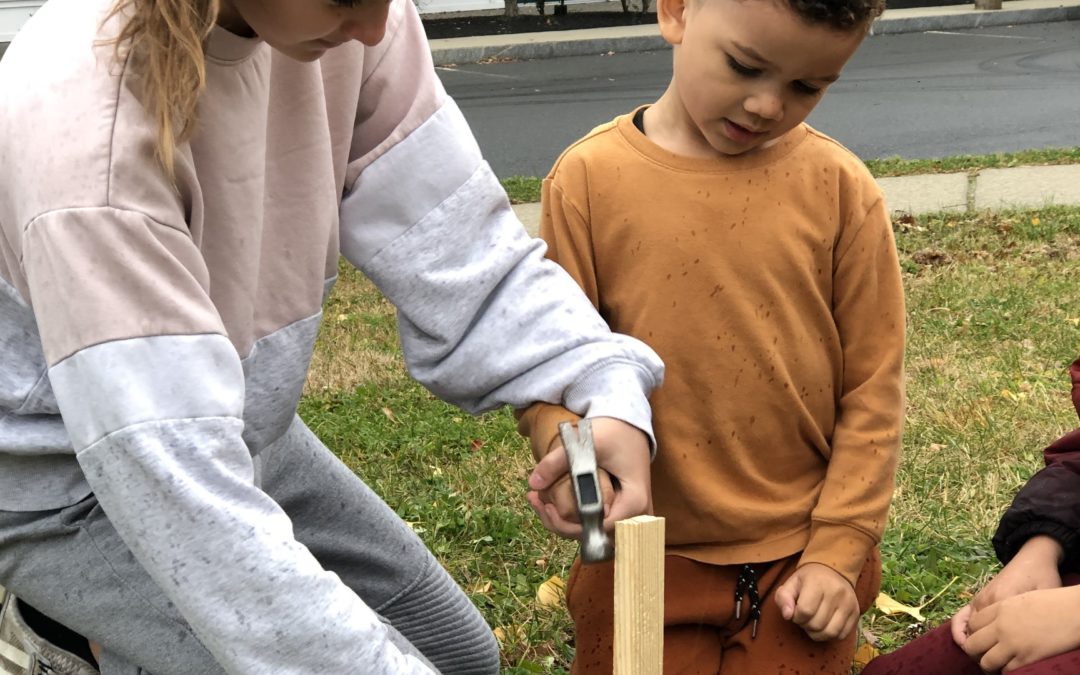As adults, we often think of leadership and collaboration as skills that are developed in the workplace or through formal training. However, the truth is that these skills can be nurtured from a very young age. In fact, they often begin in kindergarten.
In a K-8 schoolroom, five-year-olds are eager to find a role for themselves. They start with small steps, such as helping each other find items in the classroom or working together to complete a puzzle. These seemingly insignificant interactions may seem insignificant, but they are laying the foundation for essential skills like leadership and collaboration.
As students progress through the grades, they are given more opportunities to develop these skills. In the third to fifth grades, they become “packing partners,” responsible for a younger partner at the beginning and end of the day. They may also be reading partners or leaders of project learning teams.
By the upper grades, students are expected to take on more significant leadership roles. They become team leaders, teachers of after-school courses, and coordinators of all-school teams for projects like Revels or problem-solving initiatives. By the time they reach eighth grade, they are the leaders of the school and represent it in the local community.
This approach to developing leadership and collaboration skills is very different from the traditional one-day-a-week “Reading Buddies” program. Instead of a limited opportunity to work together, students are given consistent opportunities to learn and grow together throughout their academic careers.
By starting early and providing ongoing opportunities for leadership and collaboration, schools can help students develop essential skills that will benefit them for the rest of their lives. These skills will not only help them in the workplace but also in their personal relationships and in making a positive impact on their communities.

